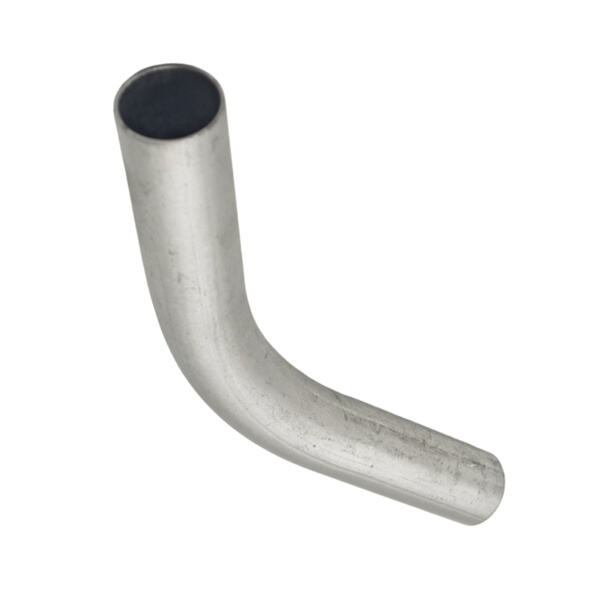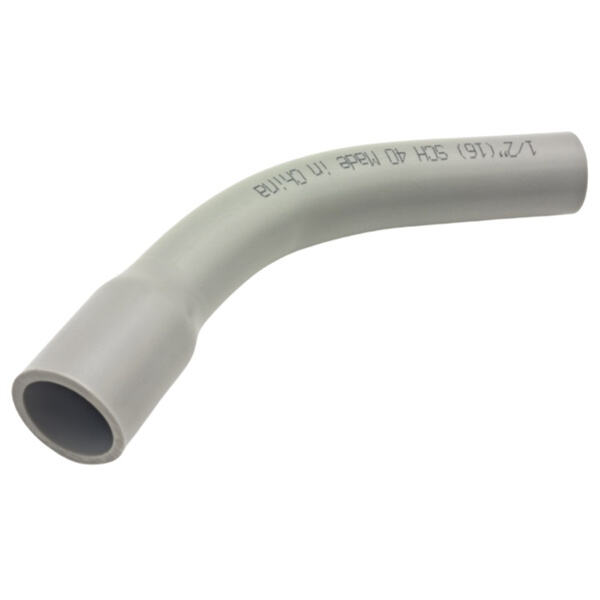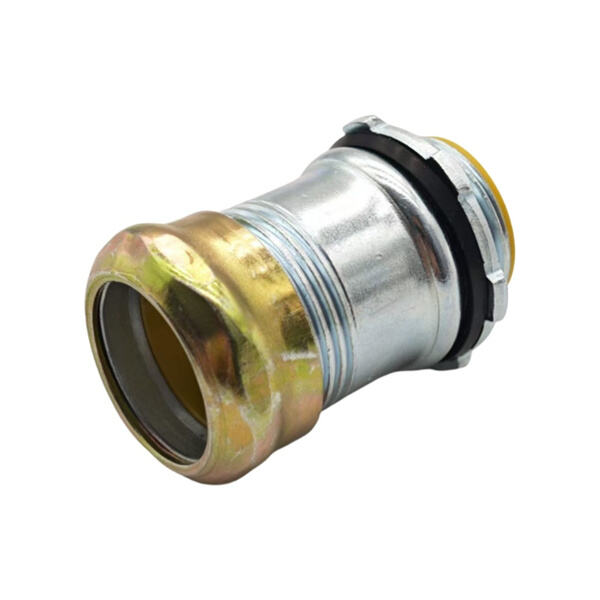Conduits and fittings are critical components of any electrical project. The key to this world, when working with Anita’s products, is choosing the right pieces and installing them well. In this article, I will share some basics of conduits and fittings that will help you fix some common problems and understand what different types categorize for on different applications.
When you begin an electrical project one of the first word of the day to choose are the conduits and fittings you will need. Anita has a range of options ranging from PVC, steel and flexible conduits that cater to different environments or requirements. For example, if you’re using them indoors, PVC conduits are excellent, but you’ll want steel conduits if it’s an outdoor or heavy-duty application. Choose the correct size and type of fittings to connect pipes securely.

The correct laying of conduits and fittings pave the way for a safe and efficient electrical system. ALWAYS read the manufacturers instructions and guidelines for installation of Anita’s products. Be sure the conduits are installed securely and the proper-fitting used at every connection. Poor installation can create fire hazards such as loose connections or exposed wires, so take your time and do it right.

Properly installed, problems with conduits and fittings can happen. Any signs of damage like cracks, dents, or rust need to be fixed right away. Loose connections or gaps between conduits can also be problematic, so inspect and tighten periodically. If you have electrical issues, such as flickering lights or a lack of power, you can also check your conduit and the fittings for any damage or wear since this will also affect light quality.

Anita has a variety of conduits and fittings for various projects. For instance, flexible tubes are well suited in a situation near bends and twists, such as corners or confined spaces. The steel conductors offer additional levels of protection in extreme environments or over outdoor applications. If we are discussing indoor installations, PVC conduits are ideal due to the fact that they are light and easy to use. By knowing the options, you can select the best conduit and fittings for your particular application.